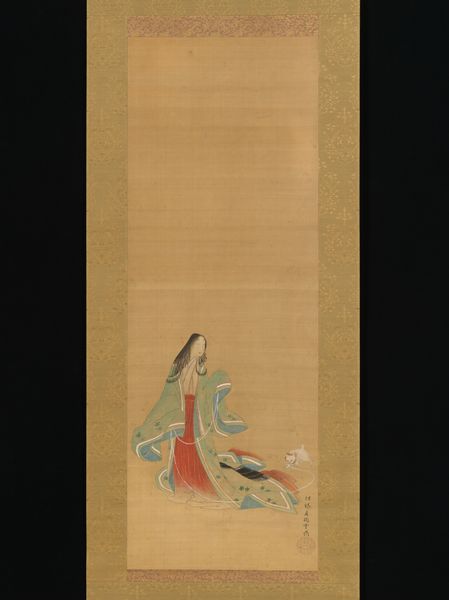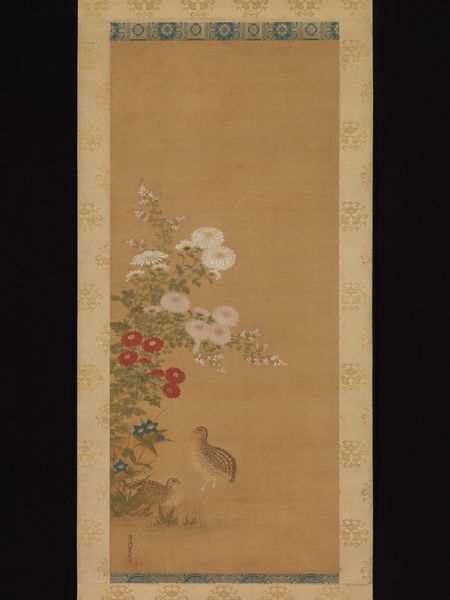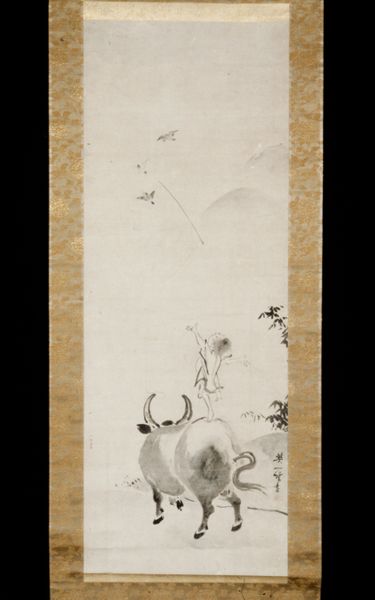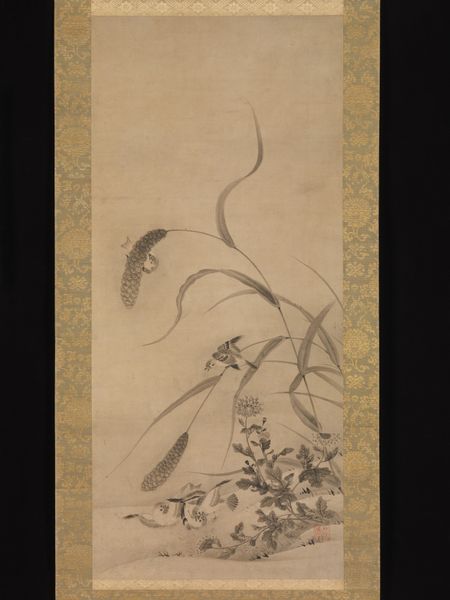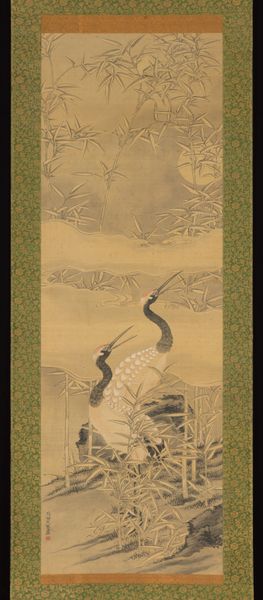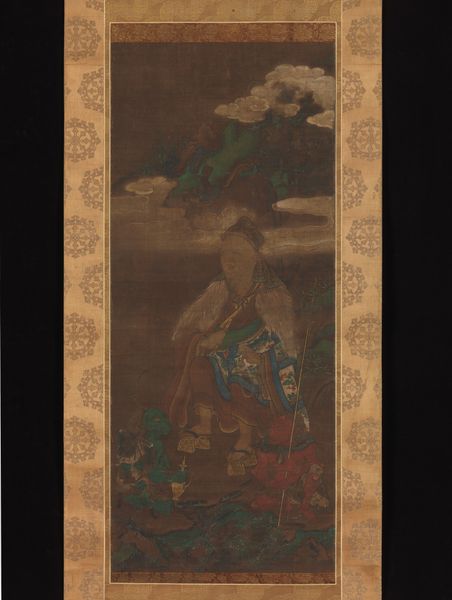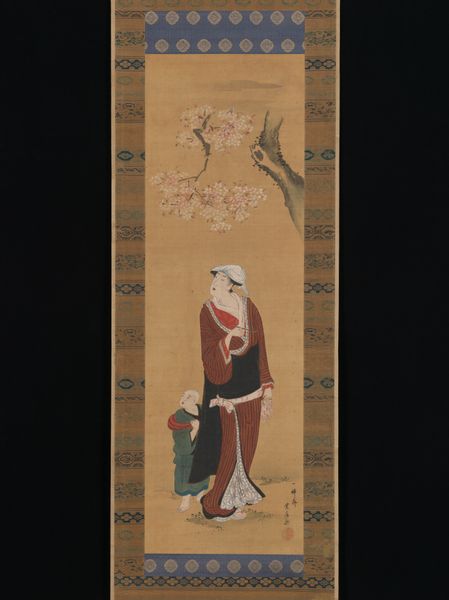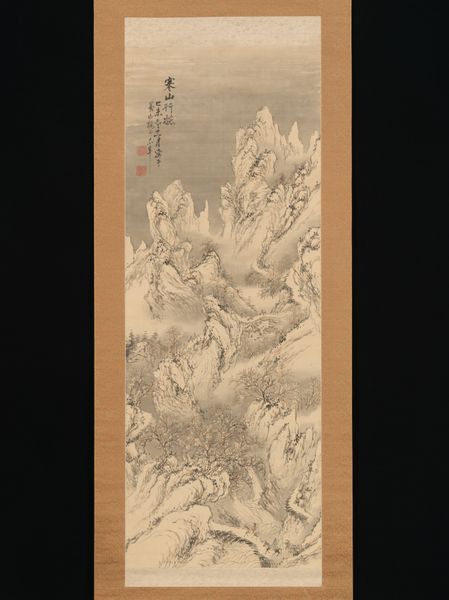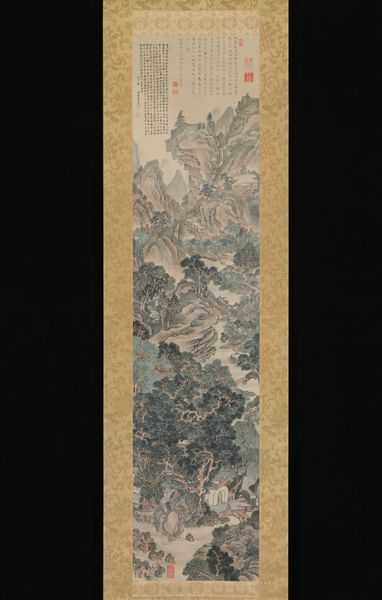
silk, weaving, textile
#
silk
#
asian-art
#
weaving
#
textile
#
organic pattern
#
flower pattern
#
china
Dimensions: 269.8 × 20.8 cm (106 1/4 × 8 1/4 in.)
Copyright: Public Domain
This silk Pendent, destined for a bed curtain, was likely made by a Manchu workshop. The brilliant gold we see results from meticulous wrapping of silk threads with gilded paper, demanding intense concentration to achieve the even coverage that makes the textile shine. The weavers then employed sophisticated techniques to create complex patterns, including auspicious motifs like dragons and clouds. This wasn't just a visual feast; it was a cultural statement. Silk held immense social and economic importance. Its production was tightly controlled, and adorned objects like this symbolized wealth, status, and imperial power. Consider the labor involved in every step, from raising silkworms to the final embroidery. It reminds us that even seemingly decorative arts are deeply connected to systems of production, distribution, and value. By recognizing these connections, we can see the ways in which craft traditions speak to broader social and political contexts.
Comments
No comments
Be the first to comment and join the conversation on the ultimate creative platform.
